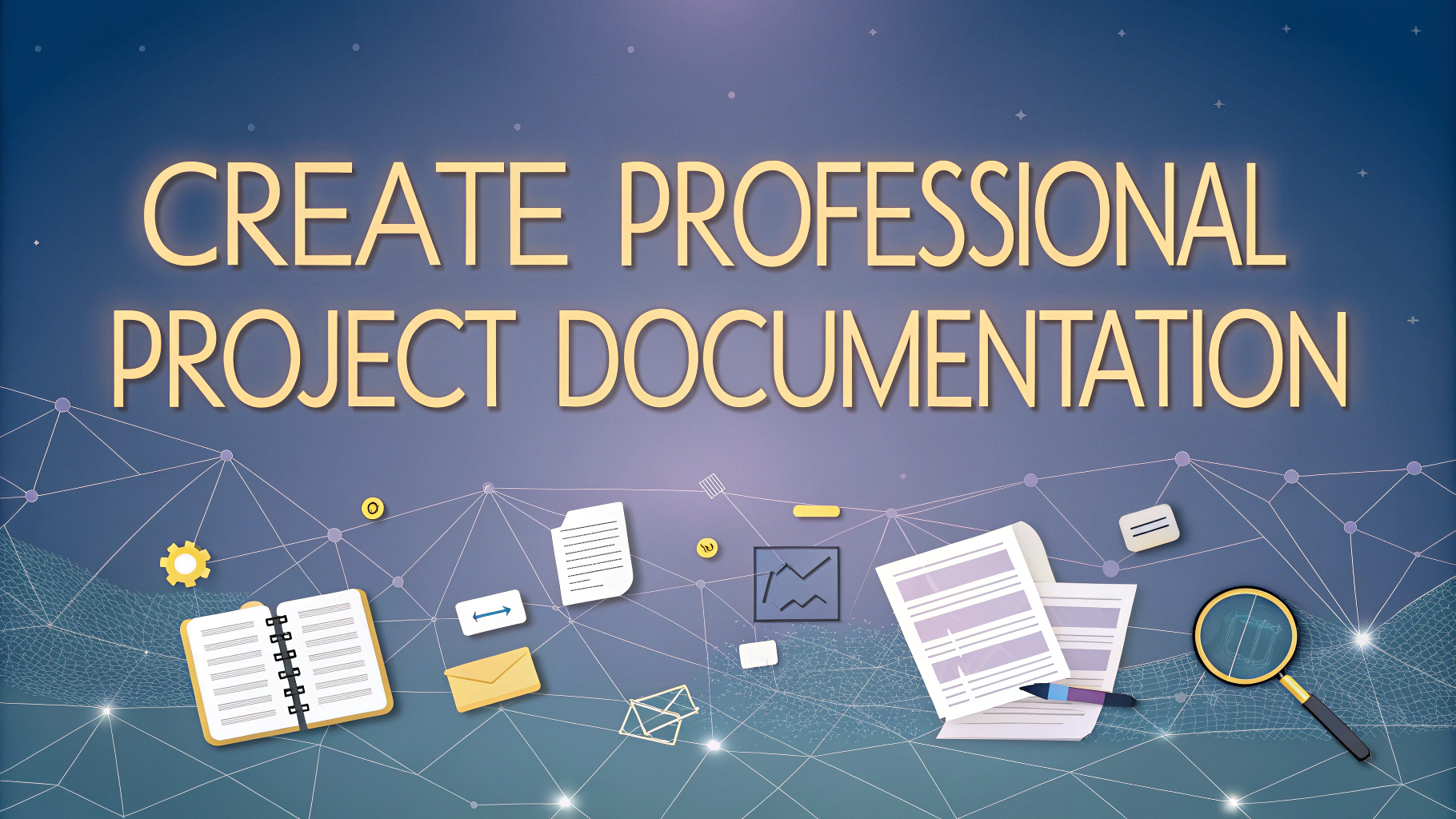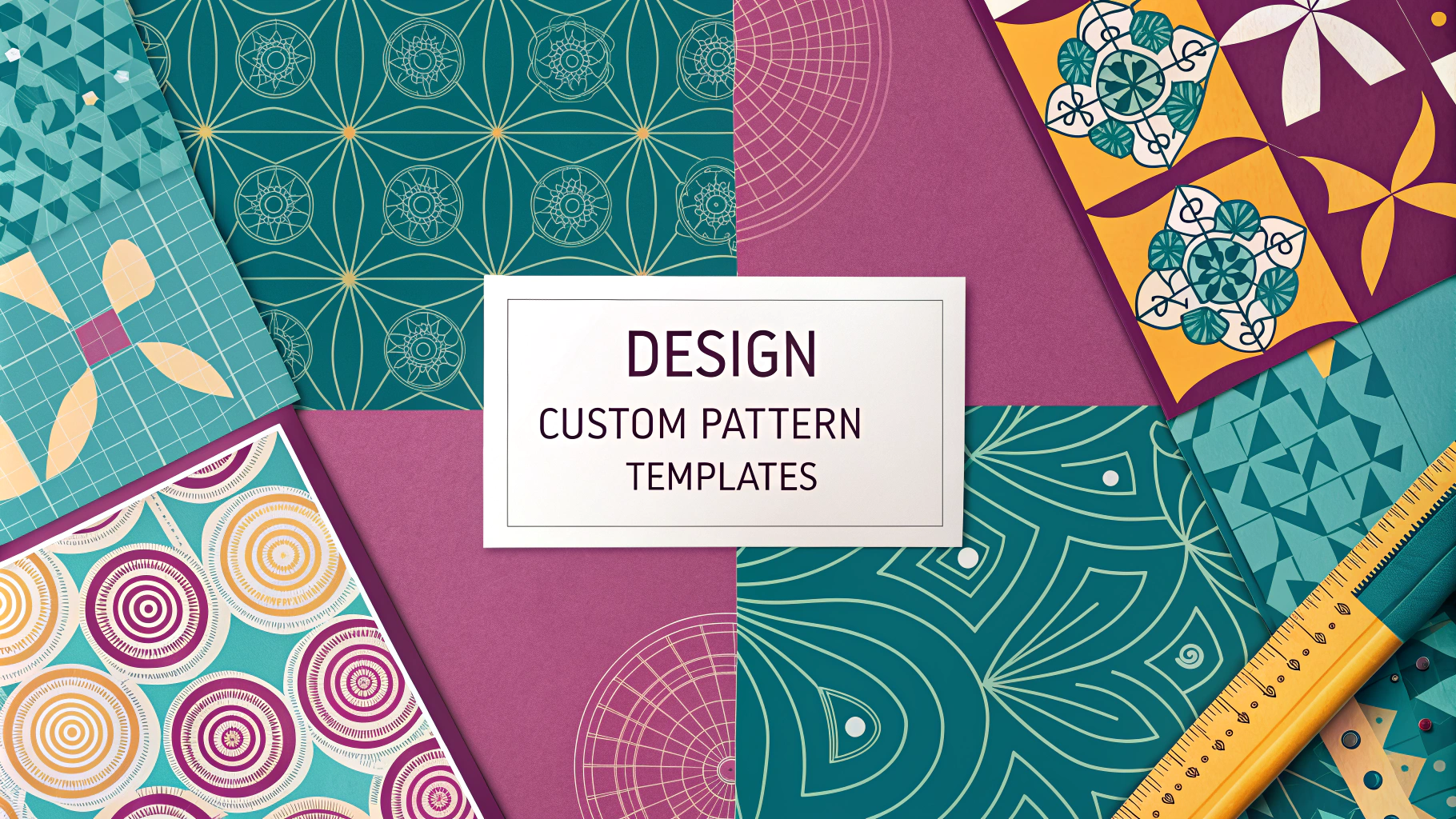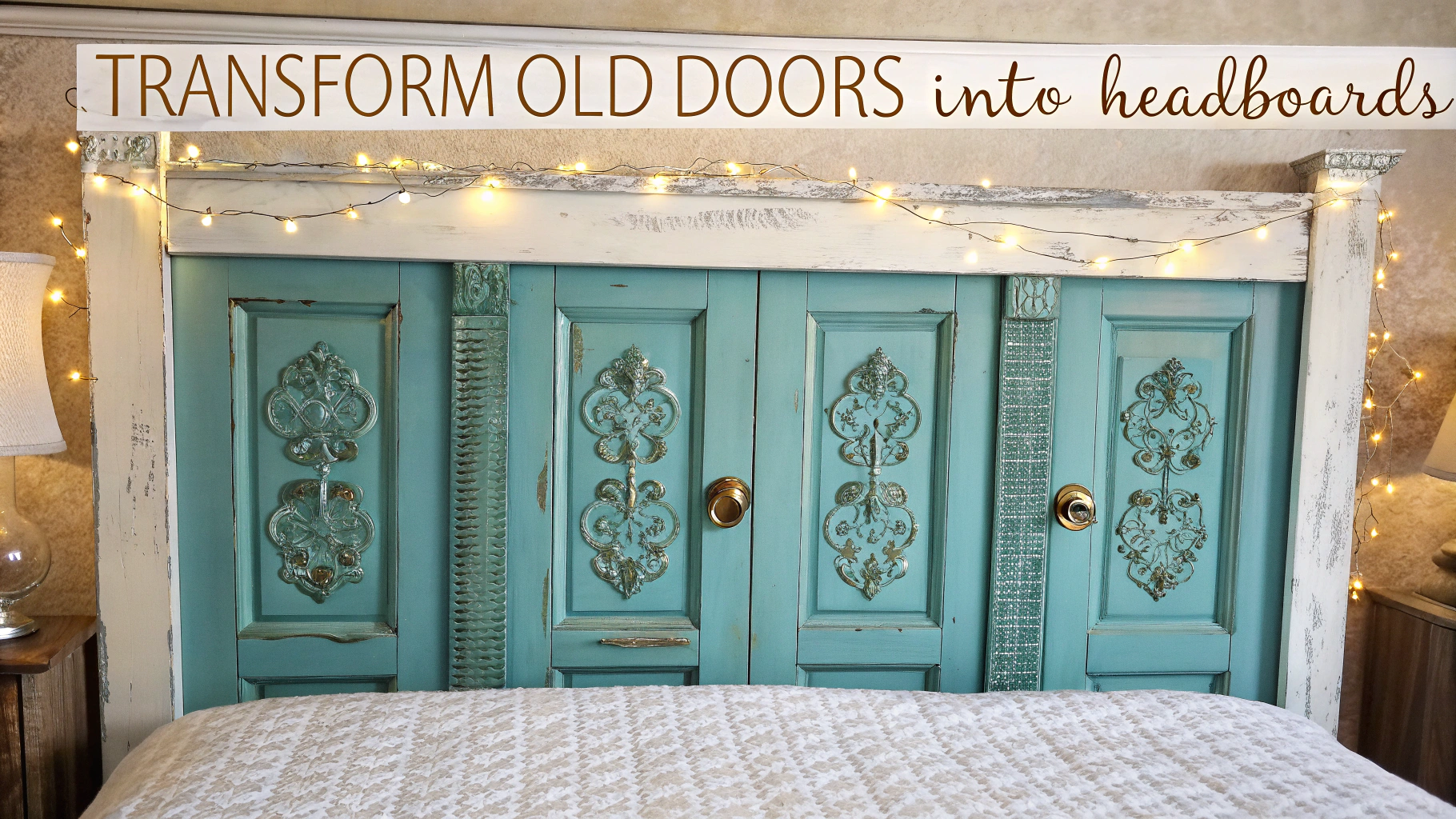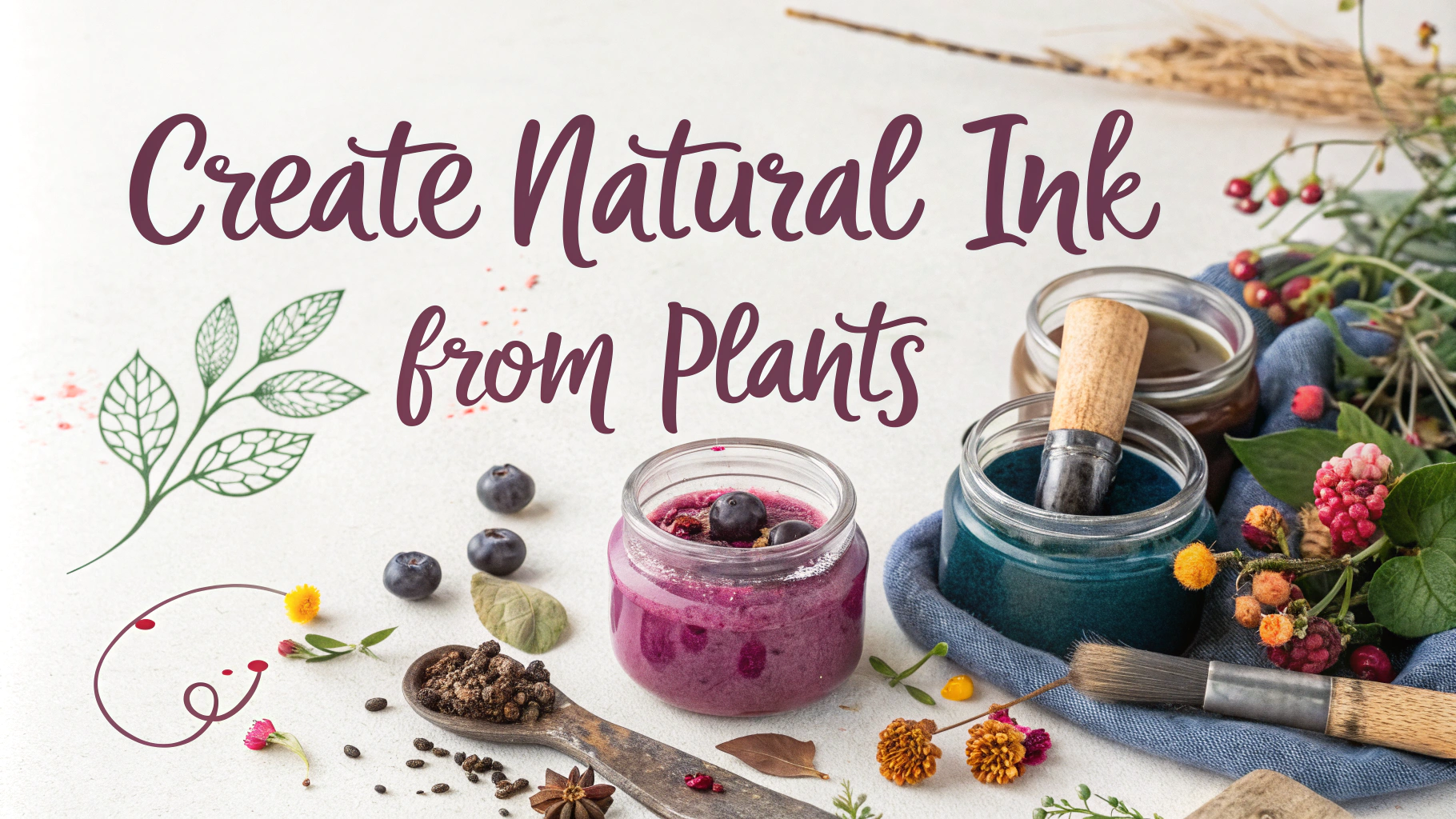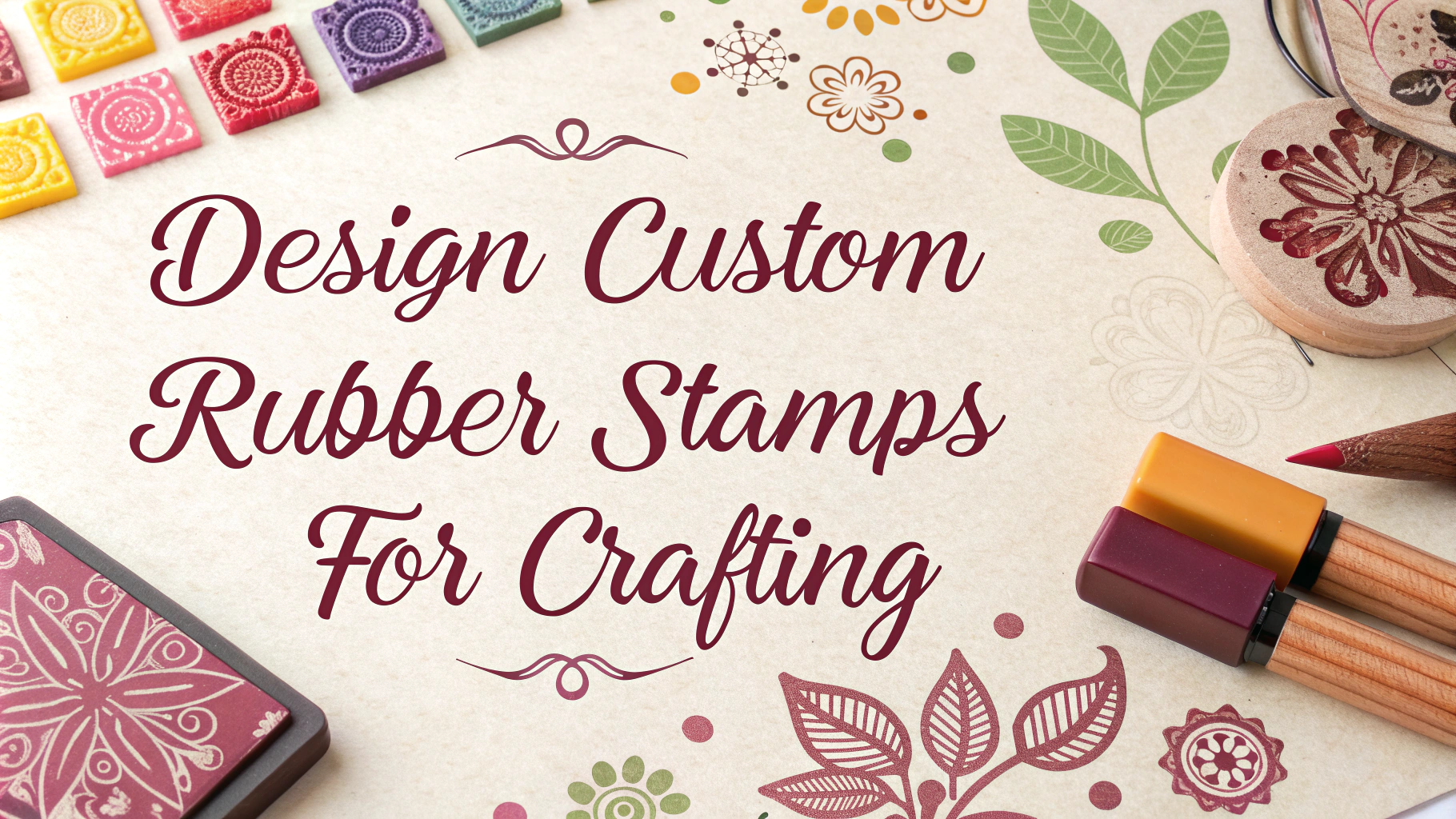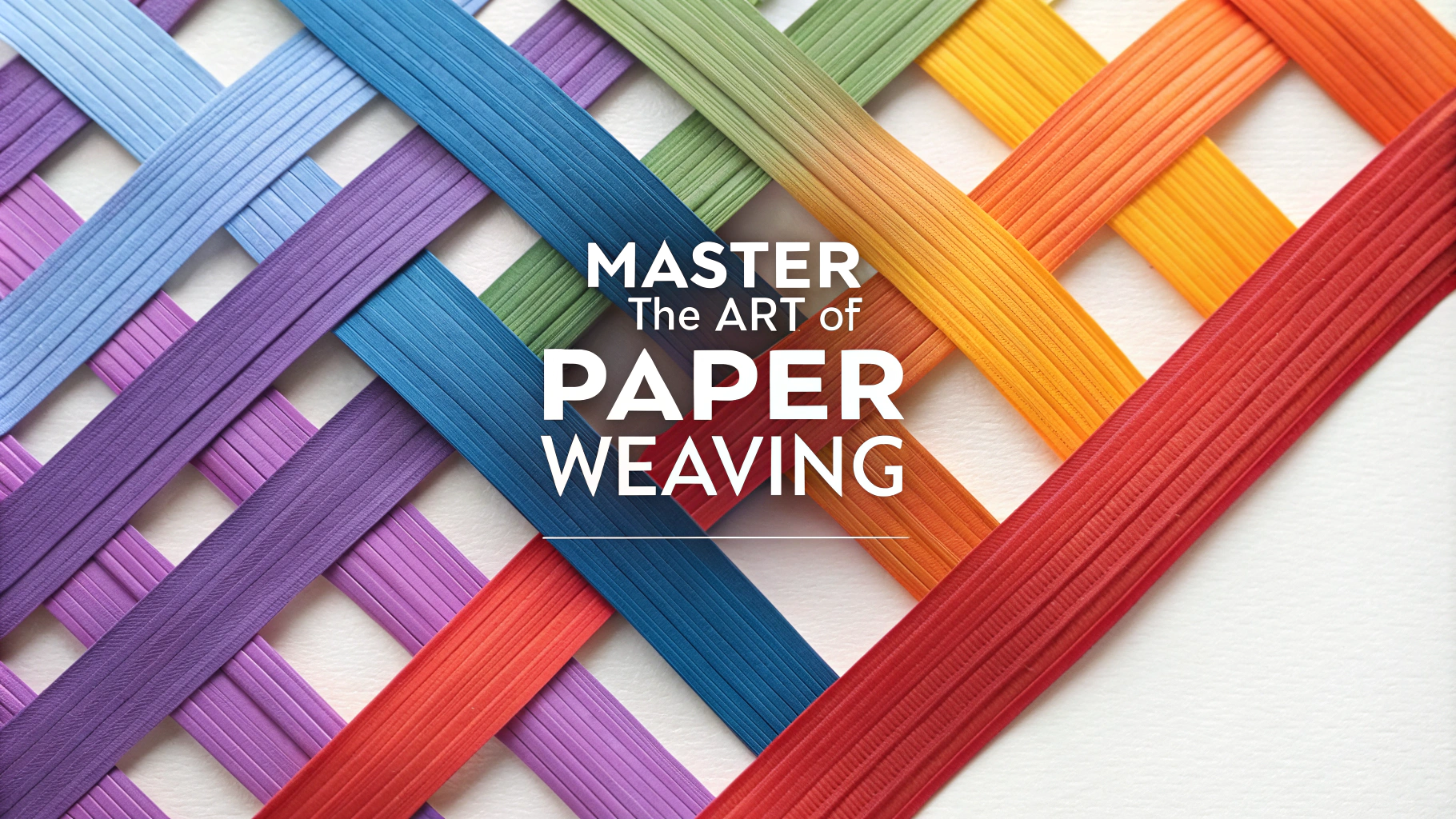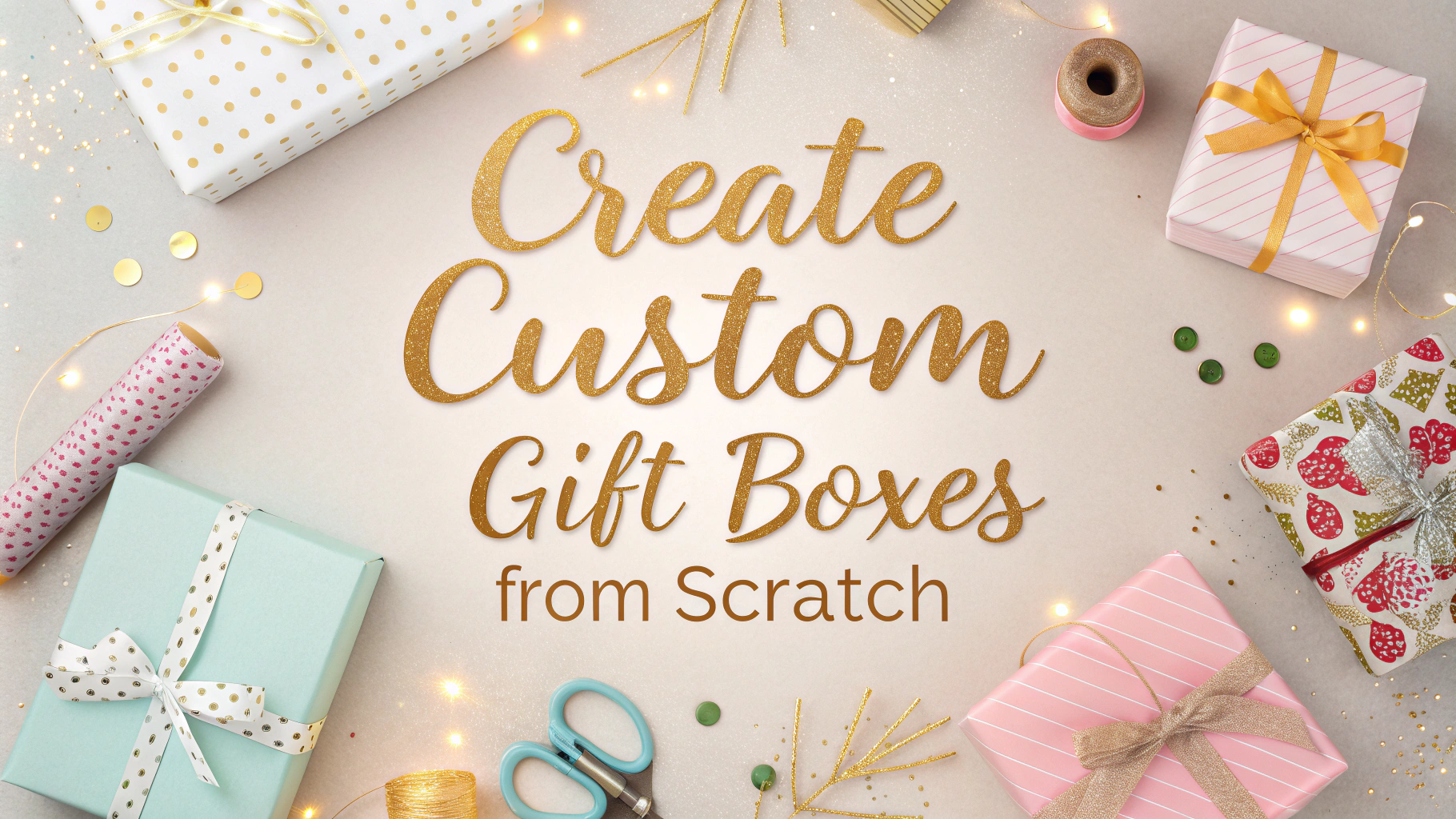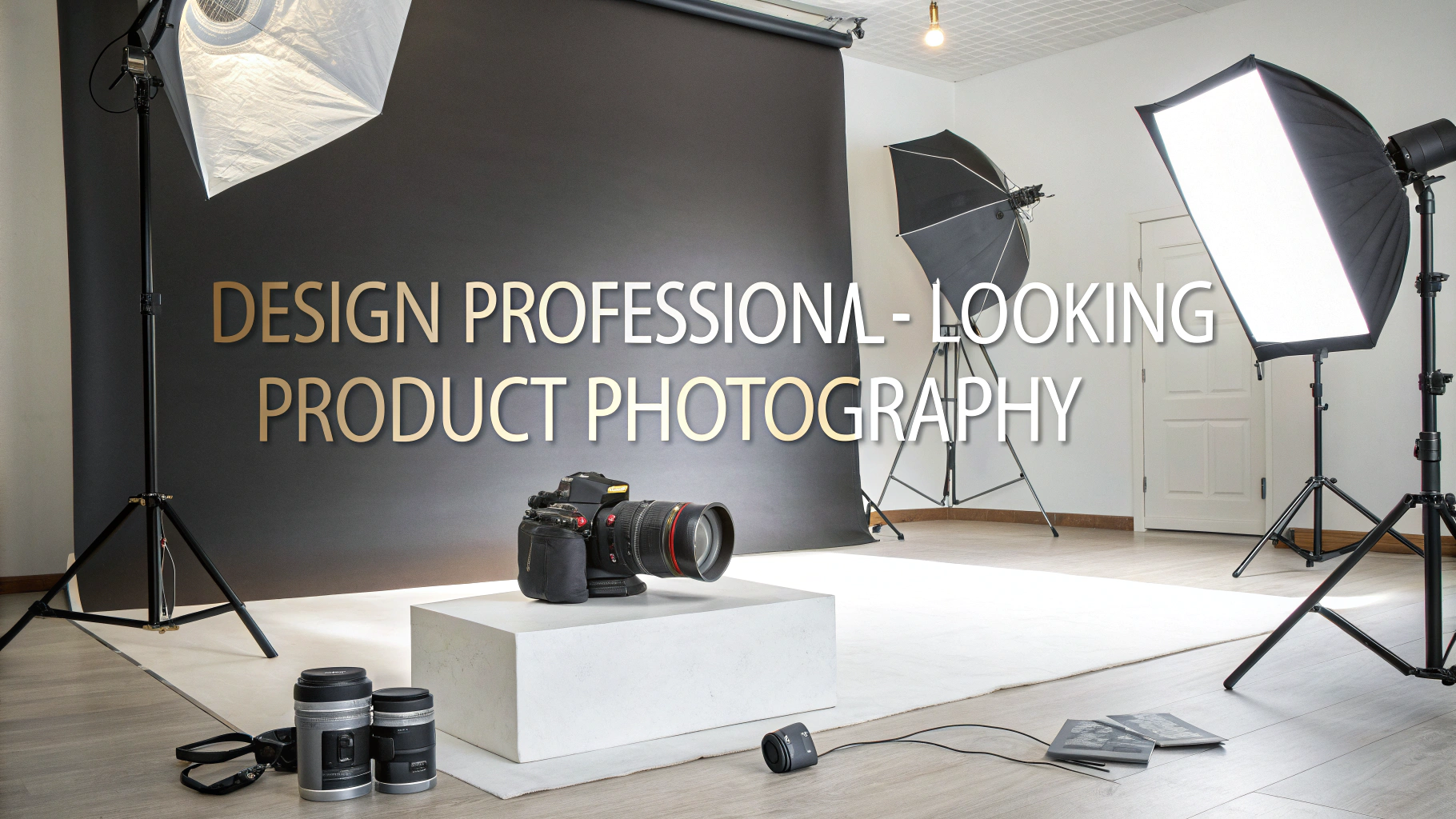Wedding invitations set the tone for your special day and create lasting first impressions with your guests.
This practical guide shows you how to design invitations that reflect your style while staying within budget.
Essential Elements of a Wedding Invitation
- Names of the couple
- Date and time
- Venue location
- RSVP details
- Dress code (optional)
- Reception information
Design Tips for Standout Invitations
- Choose 2-3 complementary colors that match your wedding palette
- Select readable fonts – mix one decorative with one simple font
- Leave plenty of white space to avoid cluttered designs
- Use high-quality paper (recommended: 120lb card stock)
Paper Selection Guide
| Paper Type | Best For |
|---|---|
| Cotton | Formal weddings, letterpress printing |
| Recycled | Eco-friendly, rustic themes |
| Pearl | Elegant, shimmer finish |
DIY Money-Saving Tips
- Order samples before bulk printing
- Print extras (10% more than needed)
- Use online design tools like Canva or Adobe Express
- Consider printing locally instead of using specialty vendors
Common Design Mistakes to Avoid
- Overcrowding information
- Using hard-to-read fonts
- Incorrect spelling or grammar
- Poor quality images or graphics
Timeline for Wedding Invitations
- Design and order: 4-6 months before wedding
- Mail invitations: 6-8 weeks before wedding
- Set RSVP deadline: 3-4 weeks before wedding
Recommended Design Tools
- Canva – Free templates and easy interface
- Adobe Express – Professional design features
- Vistaprint – Budget-friendly printing
Test print your design at home before sending it to a professional printer.
Double-check all information with multiple people before finalizing the design.
Consider including a QR code linking to your wedding website for additional details.
Eco-Friendly Options
- Use seed paper that can be planted
- Choose recycled materials
- Print with soy-based inks
- Include digital RSVP options
Addressing Envelopes
- Use formal titles (Mr., Mrs., Dr.)
- Write out addresses completely
- Include inner and outer envelopes for formal weddings
- Consider hiring a calligrapher for elegant handwriting
Special Considerations
Destination Weddings
- Send save-the-dates 8-12 months in advance
- Include travel information and accommodation details
- Consider creating a travel info packet
Cultural Elements
- Incorporate traditional symbols or patterns
- Use bilingual text if needed
- Research cultural etiquette for wording
Additional Stationery Items
- Save-the-date cards
- Response cards
- Direction cards
- Reception cards
- Thank you notes
Digital Integration
- Wedding website information
- Digital RSVP systems
- Online gift registry links
- Social media hashtags
Conclusion
Creating the perfect wedding invitation requires careful planning, attention to detail, and a balance between personal style and practical considerations. By following these guidelines and timeline recommendations, couples can design invitations that not only inform their guests but also serve as beautiful keepsakes of their special day.
Remember to maintain consistency across all wedding stationery items and allow plenty of time for design revisions and printing. Whether choosing professional services or DIY options, the key is to create invitations that authentically represent your wedding vision while effectively communicating essential information to your guests.
FAQs
1. What are the essential elements that should be included on a wedding invitation?
The names of the couple, date, time, venue, dress code, RSVP details, and reception information are essential. Include the hosts’ names if they’re formally hosting the wedding.
2. When should wedding invitations be sent out?
Wedding invitations should be sent 6-8 weeks before the wedding date. For destination weddings, send them 3-4 months in advance.
3. What paper stock is best for wedding invitations?
Cotton paper stock (100-120 lb) is ideal for formal invitations. Other quality options include linen paper, laid paper, or pearl-finish cardstock for an elegant look.
4. How can I prevent ink smudging on my DIY invitations?
Use quick-drying ink, allow proper drying time, and avoid touching printed areas. Consider using laser printing or working with specialty wedding invitation inks.
5. What’s the proper way to address formal wedding invitations?
Use full formal names, spell out all words (including street addresses and state names), and include appropriate titles (Mr., Mrs., Dr., etc.).
6. How do I calculate the number of invitations needed?
Count households rather than guests – couples or families living together receive one invitation. Add 15-20% extra for mistakes and last-minute additions.
7. What are the current trends in wedding invitation design?
Modern trends include vellum overlays, wax seals, custom illustrations, botanical designs, and minimalist typography with metallic accents.
8. Should I include registry information on the wedding invitation?
Traditional etiquette suggests not including registry information on the main invitation. Instead, include it on a separate enclosure card or wedding website.
9. What’s the best way to incorporate personalized design elements?
Use custom monograms, personalized wax seals, hand-painted details, or incorporate elements that reflect your wedding theme or love story.
10. How can I make my DIY invitations look professionally made?
Invest in quality paper and printing equipment, use proper cutting tools, maintain consistent spacing, and consider professional printing for complex elements like foil stamping.

